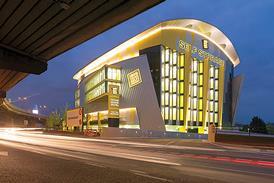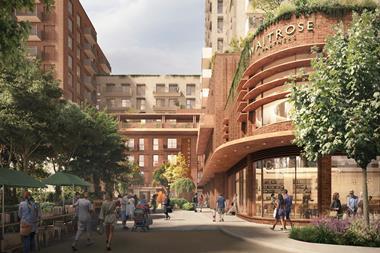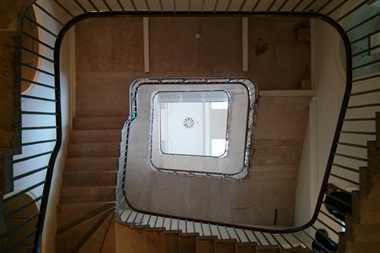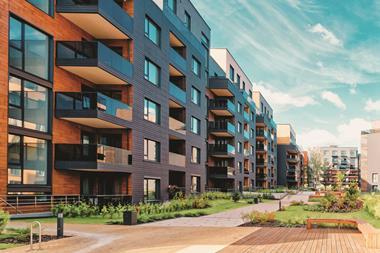As we await publication of yet another government review of the planning system, the world of property, architecture and construction can only marvel at the profound belief of politicians that by changing things, they really make a difference.

In reality, at least in respect of planning, they are just trying to pick an imaginary scapegoat for the housing shortage that will look good in headlines until their Whitehall replacements take over, which generally does not take very long – especially that minor post of housing minister.
The misconception that it is policymakers who dictate change, rather than social or market trends that anticipate, pre-empt or generate it, is what leads to planning getting a worse reputation than it may deserve. It is not the planning system that is a problem, but policies. The system is the same whether those policies are good, bad or indifferent, even though the political roots of the idea of planning lie on the left rather than with the market.
For decades, office developers were regarded with suspicion if not hostility by planners wedded to the notion that office employment was not real work, or that what we needed was housing. Eventually, that flipped: housebuilders and housing developers (not the same thing) are now the enemy, triggering bizarre policies such as the provision of ‘affordable workspace’ as the price to be paid for a housing permission. Don’t worry, it will soon flip back.
These thoughts occurred during an enjoyable visit to one of the more unusual recent developments in the City of London. Barts Square (or Bart’s Square as I prefer to think of it) is a speculative project by Helical Bar, an 11-building labour of love, which in aggregate (it totals more than 500,000 sq ft) is the biggest development the company has undertaken (pictured).

It occupies a series of sites close to St Bartholomew’s in Smithfield – probably London’s oldest (11th century) extant church. The area is described by the marketing folk – perfectly accurately – as ‘tranquil and secluded’, even though it is only 250m from St Paul’s. So a real City location, but not one that Helical saw as right for a ‘cluster’ aesthetic, nor for a mono-use that would have been a given half a generation ago.
This highly commercial developer has instead responded to the call of the contemporary urbanist rather than opting for route-one office development – of course informed by the policies and aspirations of the City Corporation itself. Of those 11 buildings, only two are pure office space; the remaining nine are residential, while a curated group of ground-plane uses make this an example of placemaking as well as development.
Mix of approaches
The mix of uses is mirrored by the mix of architectural approaches. Sheppard Robson was the key designer, but other smaller high-design practices have been used to add variety, including Maccreanor Lavington and Piercy & Co. The buildings are a mixture of retrofit, retained facades and the brand new, which have already generated very satisfactory rents and prices.
Despite some setbacks (a phase-one nightmare with contractor Carillion, now offset by a good relationship with Maclaren), Gerald Kaye is not only happy with but proud of what has been achieved here.
Surprises from the housing market: the level of service/explanation required from individual apartment buyers compared with the simpler world of office tenancy, a lesson that commercial developers need to learn in relation to corporate occupiers if multi-tenancy is now the name of the office game. Kaye is more than happy with multiple office tenancies because, he notes, they enhance value as a result of tenant churn and overlapping lease periods. Obviously, the location will help.
But how different this all sounds from the days of ‘let and forget’, the supposed joys of the fixed 25-year lease and the market rigidities stemming from revenue certainty. In this sense, the development industry has grown up – and its investors with it – no doubt partly a generational change. No longer does the idea of mixed-use result in the sucking of air through teeth and bouts of head-holding triggered by the difficulties of calculating yields where there is more than one use, and more than one lease period.
The good old days – may they never come back.
Paul Finch is a programme director of the World Architecture Festival






























No comments yet